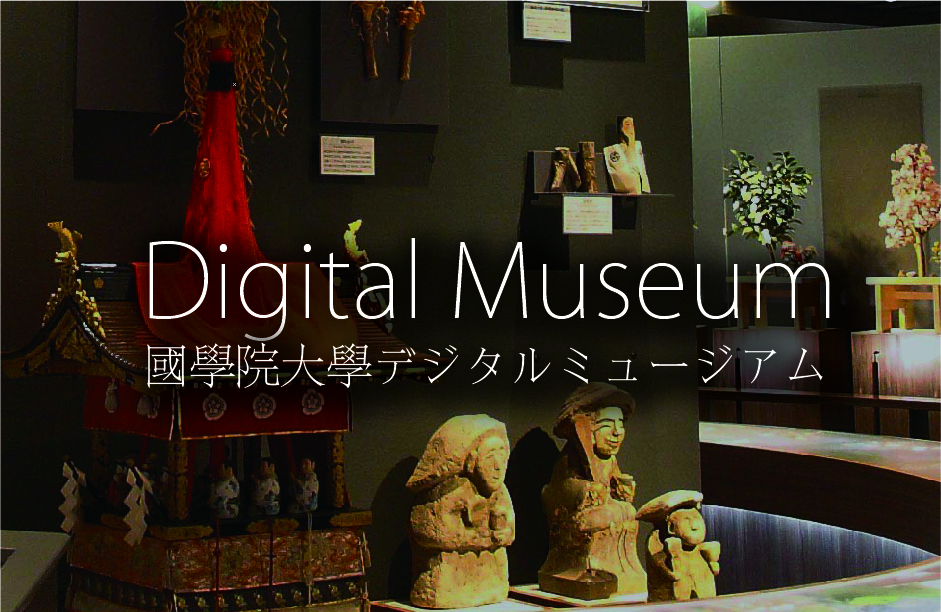- トップ
- Encyclopedia of Shinto
- Tenrikyō
Encyclopedia of Shinto
| Main Menu: | |
| Links: |
詳細表示 (Complete Article)
| カテゴリー1: | 8. Schools, Groups, and Personalities |
|---|---|
| カテゴリー2: | Modern Sectarian Groups |
| Title | Tenrikyō |
| Text | Together with being one of the thirteen sects of prewar Shinto, Tenrikyō was Japan's largest new religion from Meiji era until Japan's defeat in World War II (1945). In the tenth lunar month of 1863 Nakayama Miki (1798-1887) had a sudden experience of spirit possession (kamigakari), and this event is said within Tenrikyō to be the occasion on which Miki was selected as the living shrine of the deity (kami no yashiro). October 26 is thus considered the founding day of the religion. Following this initial experience, Nakayama attracted people for her powers of granting safe childbirth and her capacity to heal illnesses such as smallpox, leading to her inauguration of intense proselytization from around 1864. Nakayama died in 1887, but it is believed within Tenrikyō that her spirit remains alive and ever-present, as a guardian spirit dwelling in the Nakayama household, which is the movement's "original home" (moto no yashiki). In the year after Nakayama's death, 1888, the movement was granted recognition as Shintō Tenri Kyōkai (church), and extended its teaching activities throughout the country. The Meiji government, however, continued to monitor it closely, and in 1896 a decree hostile to the movement and known as the "secret orders" (himitsu junrei) was promulgated from the Ministry of Home Affairs to police forces in every prefecture and administrative district. At about the same time, a media campaign developed accusing the movement of being an immoral and pernicious religion (inshi jakyō). As a result, the movement was forced to organize its rituals and doctrines within the framework of State Shinto. In 1908, however, Tenrikyō gained the status of an independent religion, and from this time it began to engage in overseas activities; by the late Taisho period its membership had doubled. In 1929 the second leader (shinbashira lit. "True Pillar," the title used in Tenrikyō for its leader ) Nakayama Shōzen (1905-67) focused his attention on the issues of religious education within the movement, and new expansion was attempted. This activity, too, however, was greatly hampered by the government's policies of thought control. After Japan's defeat in World War II a campaign occurred within the movement—operating under the title of fukugen ("return to the origins")—seeking a revival of Tenrikyō's original rituals and doctrines which had, up to this point, been the subject of so much oppression, and a return to the teachings of the founder. This campaign also led to the publication of the founder's biography (kyōsoden) and of the movement's scriptures. In 1970 Tenrikyō withdrew from the Federation of Sectarian Shinto (Kyōha Shintō Rengōkai) to which it had for a time been affiliated, and it eradicated its Shinto orientation. From 1954 on Tenrikyō began building its sacred headquarters, the Oyasato yakata (Mansion and Home of God the Parent) which incorporates institutions for doctrinal research, teaching of devotees, welfare and healing, as well as school education and members' religious practice. The development of this center continues to the present. Tenrikyō's doctrines and rituals emanate directly from those expressed by Nakayama Miki. From 1866 on Miki had gradually begun to lay out the form and content of the movement's rituals through the Mikagura-uta ("Collected Sacred Songs") she created; this continued in the Ofudesaki ("Tip of the Writing Brush," the collection of Nakayama's "automatic writing") that she produced over a period of fifteen years from 1869 onwards. In Tenrikyō, the corpus of fundamental texts is formed by these two collections of writings, as well as the Osashizu, a collection of Nakayama's later teachings and the teachings of Iburi Izō (1833-1907), chosen as her "true mediator" (honzeki) and who helped Nakayama organize the movement. These writings state that God the parent (Oyagami) created human beings and that human beings can, through reforming their minds, move closer to the ideal state of being. See also Nakayama Miki. Headquarters: Nara Prefecture Nominal membership: approximately 1,880,000 (M) —Yumiyama Tatsuya |





